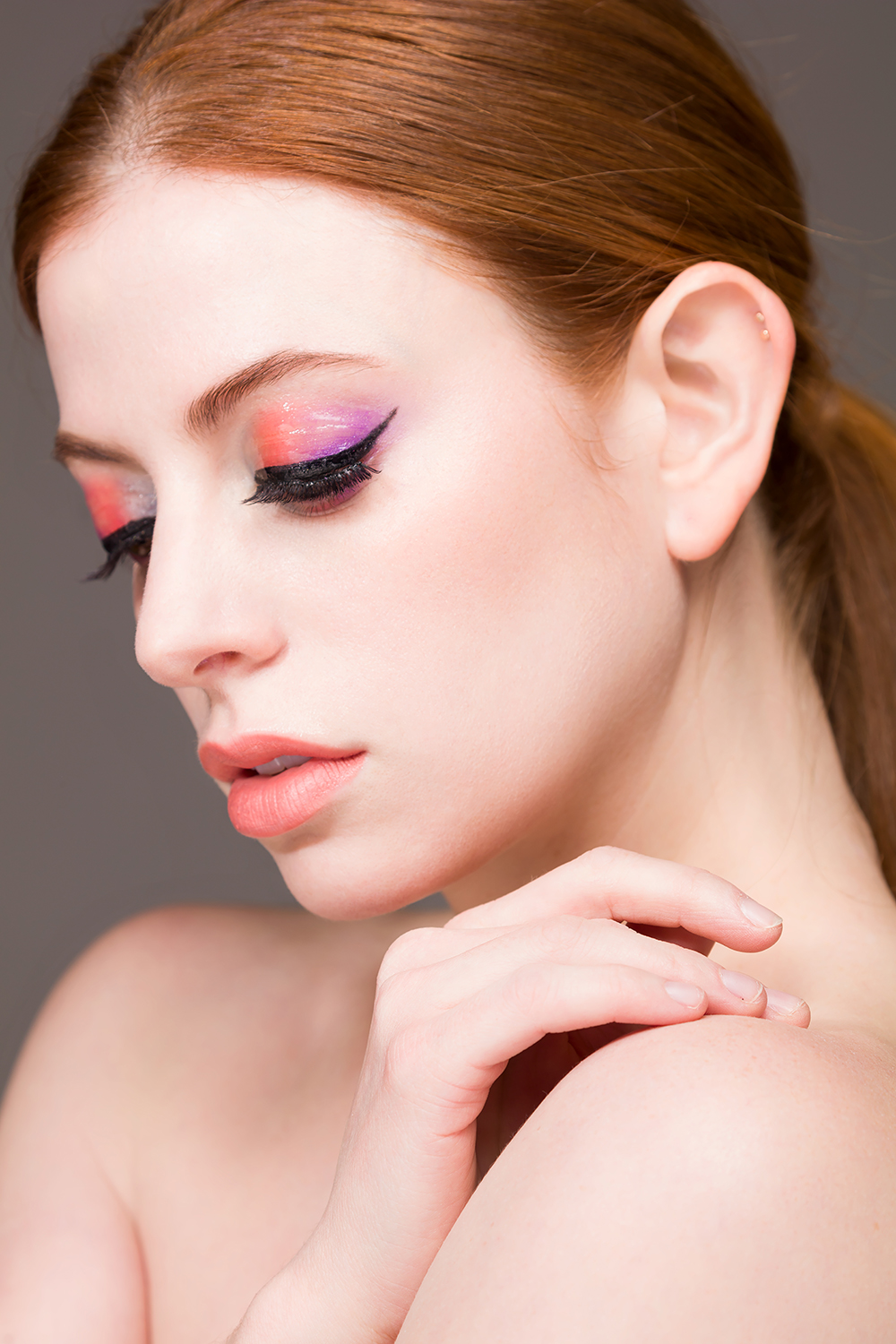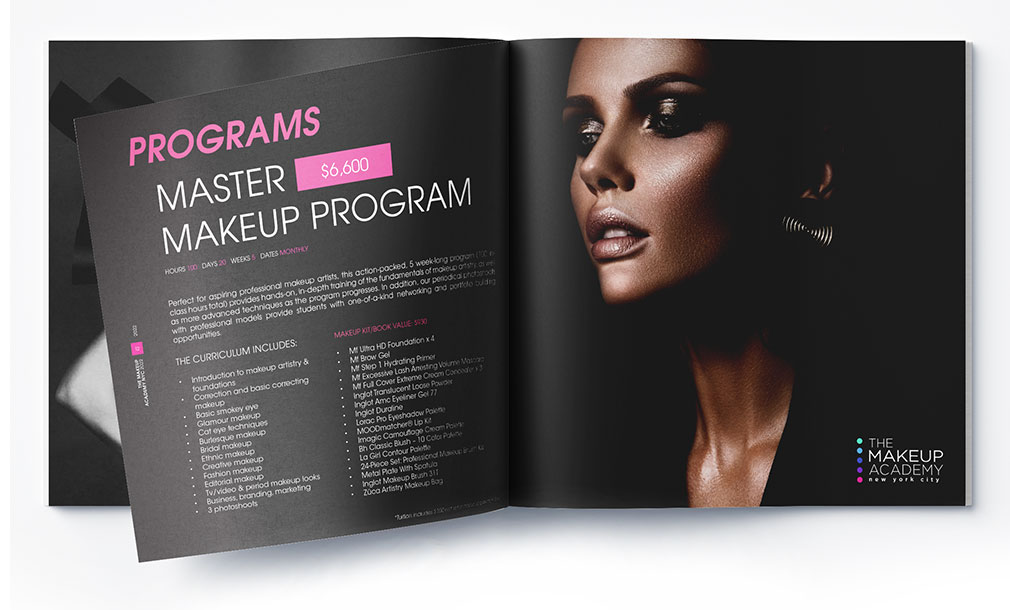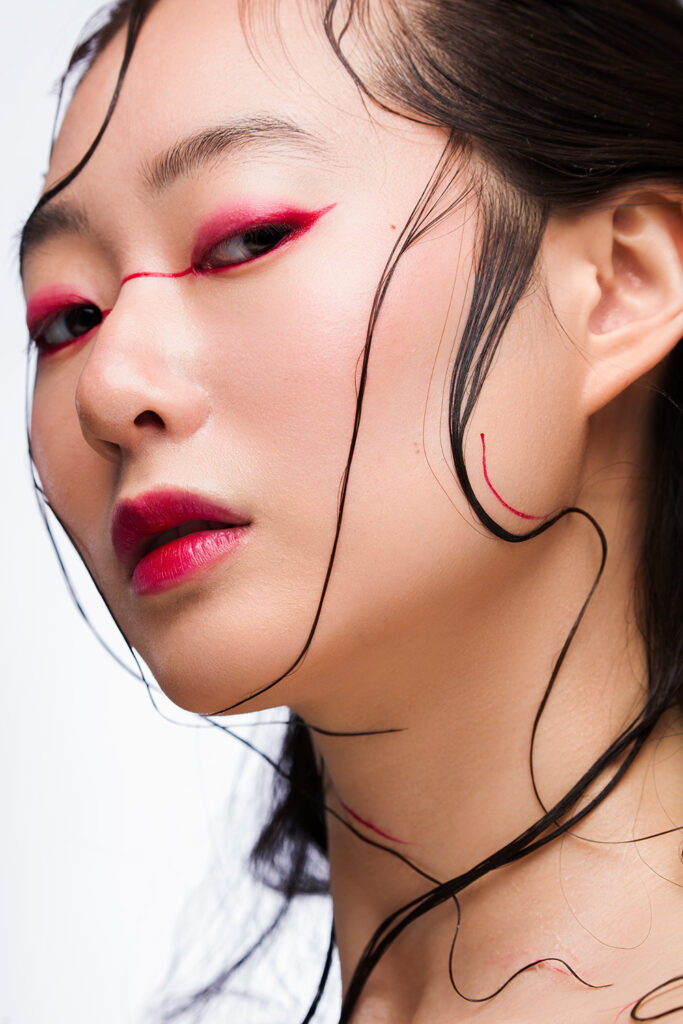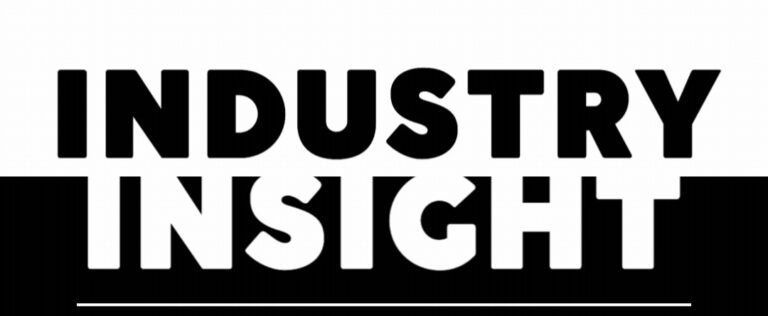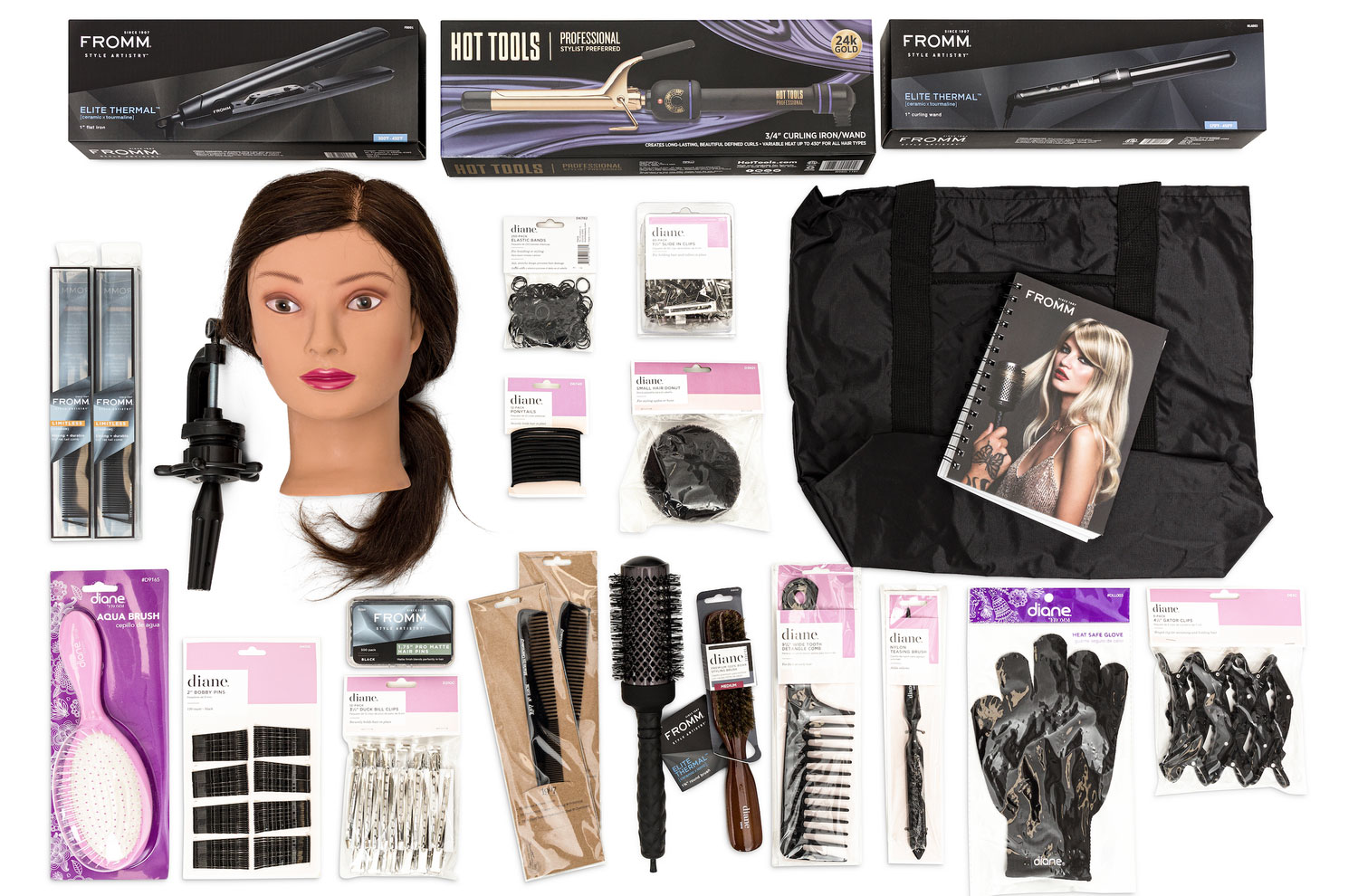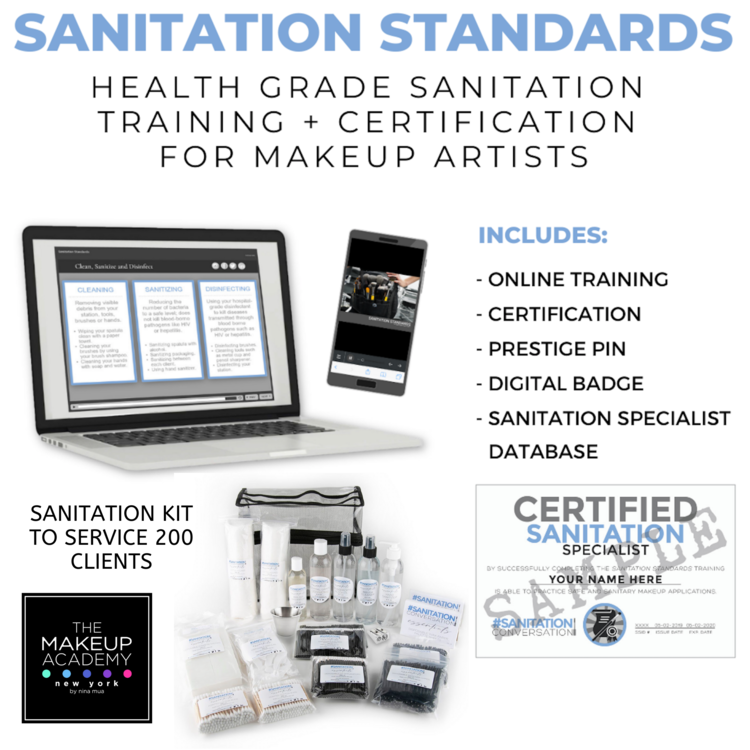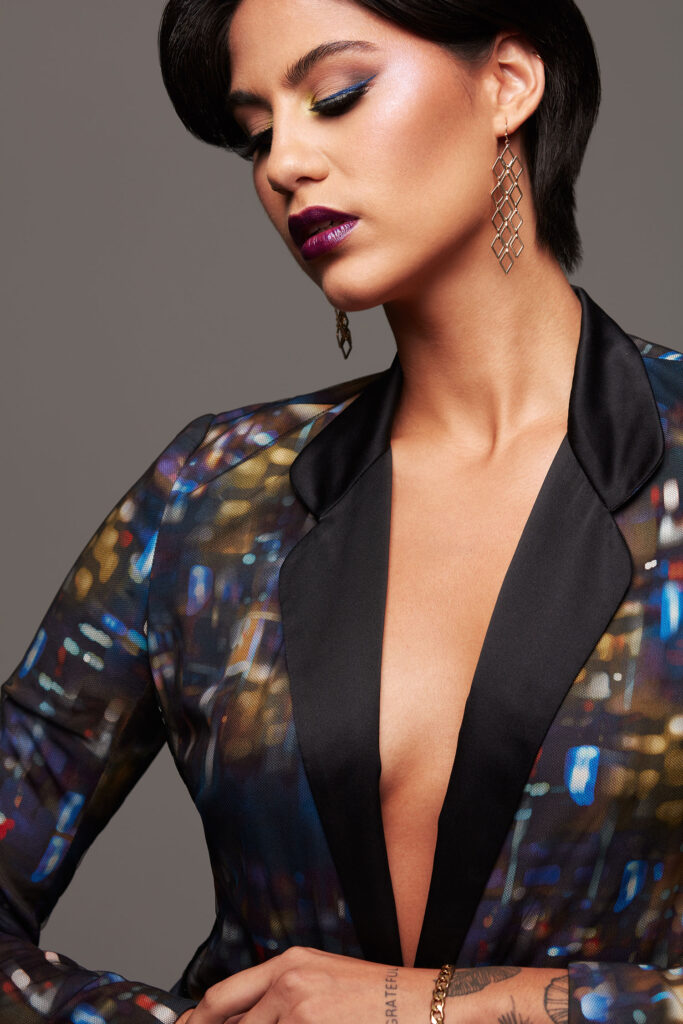Makeup has been a form of expression for centuries, and drag queens understand this better than anyone. The tradition began as a way to fill a void in early 17th-century theater and has evolved into an expression of one’s uniqueness. Gone are the days of men sporting exaggerated makeup looks merely for entertainment purposes. Now, drag queens use creative and expressive makeup applications to tell their stories and share their true selves with the world.
As mainstream makeup has evolved over the years, so has makeup artistry for the drag community. In fact, many of today’s trending looks originated from drag queens. From cut creases to contouring, drag queens deserve a lot of credit. Since the early 20th century, these queens have been inventing makeup looks that are not only dramatic but also durable and timeless.
Here’s a glimpse into how drag queen makeup has evolved over the past century:
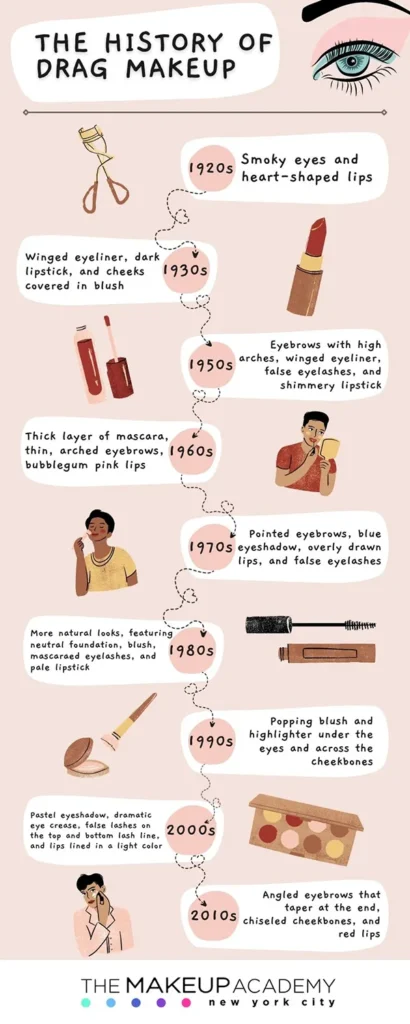
The 1920s: For the Love of Entertainment
In an attempt to break free from the dreary life of the Industrial Revolution, the working class sought entertainment that was extravagant and fun for the whole family. Vaudeville, a theatrical genre, grew in popularity in the United States in the early 20th century. During this time, drag became a facet of the vaudevillian experience. People were delighted and shocked by these comedic, musical, and dancing pieces of art.
Being the center of the show, drag queens were heavy-handed with their makeup applications to ensure it could be enjoyed by even the audience at the back of the room. One of the most well-known drag queens of this time was Julian Eltinge, and many of the drag looks of the 1920s copied his signature look of smoky eyes and heart-shaped lips.
The 1930s: Getting the Party Started
Instead of creating a bunch of goodie-two-shoes willing to follow all rules blindly, the Prohibition era unleashed everyone’s naughty side. People took to underground clubs and speakeasies to get their much-needed drinks and entertainment. Gay men and female impersonators especially enjoyed themselves in these clubs because they were out of sight of prying eyes and could express themselves freely.
During this Pansy Craze, exaggerated, flapper-esque makeup looks took center stage. The signature looks of drag queens in speakeasies and underground clubs were winged eyeliner, dark lipstick, and cheeks covered in blush.
The 1950s and 1960s: Loud & Proud
Gay bars did not disappear with the end of Prohibition. As gay culture was still widely criminalized, the gay and drag scene remained underground. Despite the controversy surrounding gay men and female impersonators, Flawless Sabrina still organized multiple drag queen pageants throughout the U.S. during the late 1950s and 1960s.
While drag queens fought for recognition, their signature makeup looks became more dramatic. During the 50s, eyebrows took to the skies with high arches, eyes sported winged eyeliner and false eyelashes, and lips stole the show with a shimmery sparkle. In the 1960s, drag queens took things a step further with a thick layer of mascara on their top and bottom lashes, arched, thin eyebrows, and bubblegum pink lips.
The 1970s: Breaking Boundaries
The 1970s were about discovering one’s true family. To support one another, gay men began holding balls in Harlem and Washington Heights. From this tradition, the drag ball culture grew in the early 1970s. These self-formed families provided relief and support to people rejected by their biological families. It was also during this time that drag culture began to slip into mainstream society, as seen by the performance of Tim Curry in Rocky Horror Picture Show and the stylings of David Bowie.
As drag culture continued to gain popularity, the makeup looks became more distinct. Eyebrows were turned into inverted V’s that stretched halfway up the forehead. Blue eyeshadow coupled with false lashes became a mainstay. Heavy outlines exaggerated the plumpness of drag queens’ lips.
The 1980s and 1990s: Makeup, Your Way
Throughout the 1980s and ‘90s, experimentation became the name of the game. Drag culture continued to appear in the music and film industries, and great strides were made in the 1990s when RuPaul Charles took the world by storm. Drag queens like RuPaul developed advanced contouring techniques to mask Adam’s apples and sharpen cheek and brow bones.
During the 80s, “natural” looks were favored by drag queens. These looks were slightly enhanced versions of the styles of Better Davis and Mae West. They featured neutral foundations, blushed cheeks, and pale lipsticks. In the 90s, eye-popping looks shoved aside the toned-down makeup looks. Bright blush and highlighter under the eyes and across the cheekbones became staples of drag queen makeup.
The Early 2000s: #Trending
The modern era primarily has RuPaul, his show RuPaul’s Drag Race, Lady Bunny, and other drag icons to thank for the makeup styles of the 2000s and 2010s. Drag queens were the first to sport a dramatic eye crease in the early 2000s. They often paired this look with pastel eyeshadows, false eyelashes on the top and bottom lash lines, bright blush, and lipliner for a striking look fit for Lady Bunny’s Wigstock Festival.
In the 2010s, angled eyebrows with tapered ends, chiseled cheekbones, and full, red lips became the go-to look after Sasha Velour won season 9 of RuPaul’s Drag Race.
Ready to Take the World by Storm?
Without a doubt, drag culture has not only played a significant role in bringing marginalized communities into the spotlight but also in revolutionizing the beauty industry. There’s no denying drag queens are here to stay, and they’ve got a few lessons to teach us about makeup artistry.
If you would like to try your hand at crafting signature looks, register for makeup training classes at our New York City academy and begin building your makeup portfolio. Our programs will help you unleash your natural talent. Take a page from the drag queens’ book and dare to be bold. Chase your dreams today!



